With the development of society and economy, people pay more and more attention to green energy and ecological environment. As a new type of energy storage device, supercapacitors have attracted more and more attention because of their irreplaceable advantages. Engineers have begun to replace traditional batteries with supercapacitors in some designs that require high-power, high-efficiency solutions. Defects in battery technology New batteries such as Li-ion and NiMH can provide a reliable energy storage solution and have been widely used in many fields. As we all know, chemical batteries store electric charges through electrochemical reactions, resulting in Faraday charge transfer. They have a short service life and are greatly affected by temperature. This is also the difficulty faced by designers of lead-acid batteries (batteries).
At the same time, high current can directly affect the life of these batteries, so for some applications that require long life and high reliability, these chemical reaction-based batteries show various shortcomings. Features and advantages of supercapacitors The principle of supercapacitors is not a new technology. Most of the common supercapacitors have an electric double layer structure. Compared with electrolytic capacitors, this supercapacitor has a very high energy density and power density. Compared with traditional capacitors and secondary batteries, supercapacitors have higher charge storage capacity than ordinary capacitors, and have the characteristics of fast charging and discharging speed, high efficiency, no pollution to the environment, long cycle life, wide operating temperature range, and high safety. . Besides being able to charge and discharge quickly, another key feature of supercapacitors is their low impedance. So, when a supercapacitor is fully discharged, it will exhibit a small resistance characteristic, and if there is no limit, it will pull the possible source current.
Therefore, a constant current or constant voltage charger must be used. 10 years ago, supercapacitors could only be sold in very small quantities each year, and the price was very expensive, about 1 to 2 US dollars/farad. Now, supercapacitors have been supplied to the market in large quantities as standard products, and the price has been greatly reduced, with an average of 0.01. ~$0.02/farad. In the last few years, supercapacitors have begun to enter many application fields, such as consumer electronics, industry and transportation. The structure of supercapacitors Although there are many supercapacitor manufacturers in the world, which can provide many kinds of supercapacitor products, most of the products are based on a similar electric double layer structure. The structure of supercapacitors is similar to that of electrolytic capacitors. Very similar, their main difference is the electrode material. The electrodes of the early supercapacitors were made of carbon. The carbon electrode material has a large surface area, and the capacitance depends on the distance between the surface area and the electrodes. It can be very large, most supercapacitors can be farad level, and the general capacitance range is 1 ~ 5000F. Using Supercapacitors Supercapacitors have a wide range of uses. Combined with high-energy-density substances such as fuel cells, supercapacitors can provide rapid energy release to meet high power demands, allowing fuel cells to be used only as an energy source. At present, the energy density of supercapacitors can be as high as 20kW/kg, which has begun to seize this part of the market between traditional capacitors and batteries.
In those applications that require high reliability but low energy requirements, supercapacitors can be used to replace batteries, or supercapacitors and batteries can be combined for applications with high energy requirements, so that smaller size can be used. , more economical batteries. Supercapacitors have very low ESR values, allowing them to source large currents and sink large currents quickly. Compared with the chemical charging principle, the working principle of supercapacitors makes the performance of this product more stable, and therefore, the service life of supercapacitors is longer. Supercapacitors are an ideal power source for devices that require fast charging, such as power tools and toys. Some products are suitable for a hybrid battery/supercapacitor system. The use of supercapacitors can avoid the use of bulky batteries in order to obtain more energy. An example is digital cameras in consumer electronics, where the use of supercapacitors allows digital cameras to use cheap alkaline batteries (rather than expensive Li-ion batteries). The rated voltage range of supercapacitor cells (cells) is 2.5 to 2.7V, so many applications require the use of multiple supercapacitor cells. When connecting these cells in series, the design engineer needs to consider the balance and charging between cells. Any supercapacitor will discharge through the internal parallel resistance when it is energized. This discharge current is called leakage current, which will affect the self-discharge of the supercapacitor unit.
Similar to some secondary battery technologies, the voltages of supercapacitors need to be balanced when used in series because there is leakage current and the size of the internal shunt resistance will determine the voltage distribution across the series connected supercapacitor cells. When the voltage on the supercapacitor stabilizes, the voltage on each unit will change with the leakage current, not with the capacitance value. The larger the leakage current, the smaller the rated voltage, on the contrary, the smaller the leakage current, the higher the rated voltage. This is because the leakage current causes the supercapacitor cell to discharge, lowering the voltage, which in turn affects the voltages of other cells in series with it (assuming these cells in series are powered by the same constant voltage). In order to compensate for the variation of the leakage current, a common method is to connect a resistor in parallel next to each unit to control the leakage current of the entire unit. This method effectively reduces the variation of the corresponding parallel resistance between the units.
Another recommended method is active cell-balancing, in which each cell is actively monitored and balanced against each other when there is a voltage change. This approach reduces any extra load on the unit, making work more efficient. If the voltage exceeds the rated voltage of the unit, the life of the unit will be shortened. For high-reliability supercapacitors, how to maintain the voltage within the required range is a key point, and the charging voltage must be controlled to ensure that it does not exceed the rated voltage of each cell.
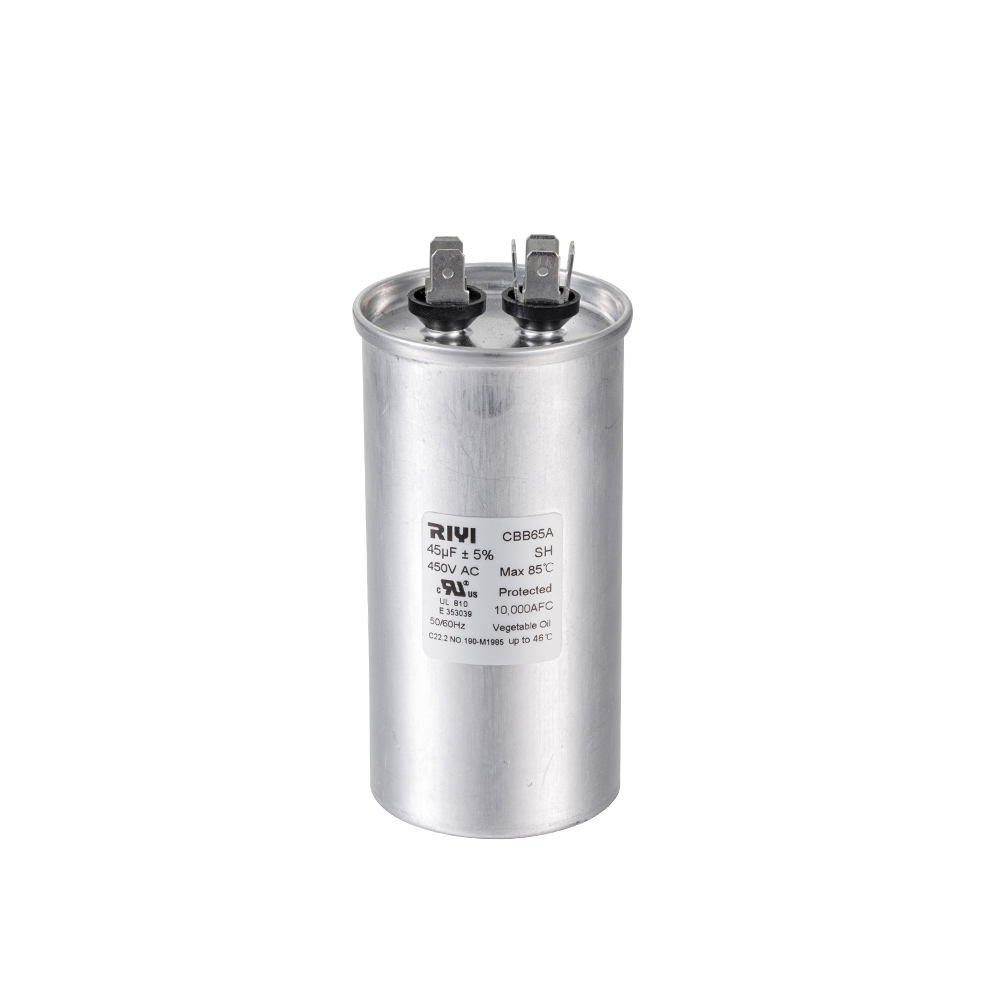


 简体中文
简体中文 English
English Español
Español عربى
عربى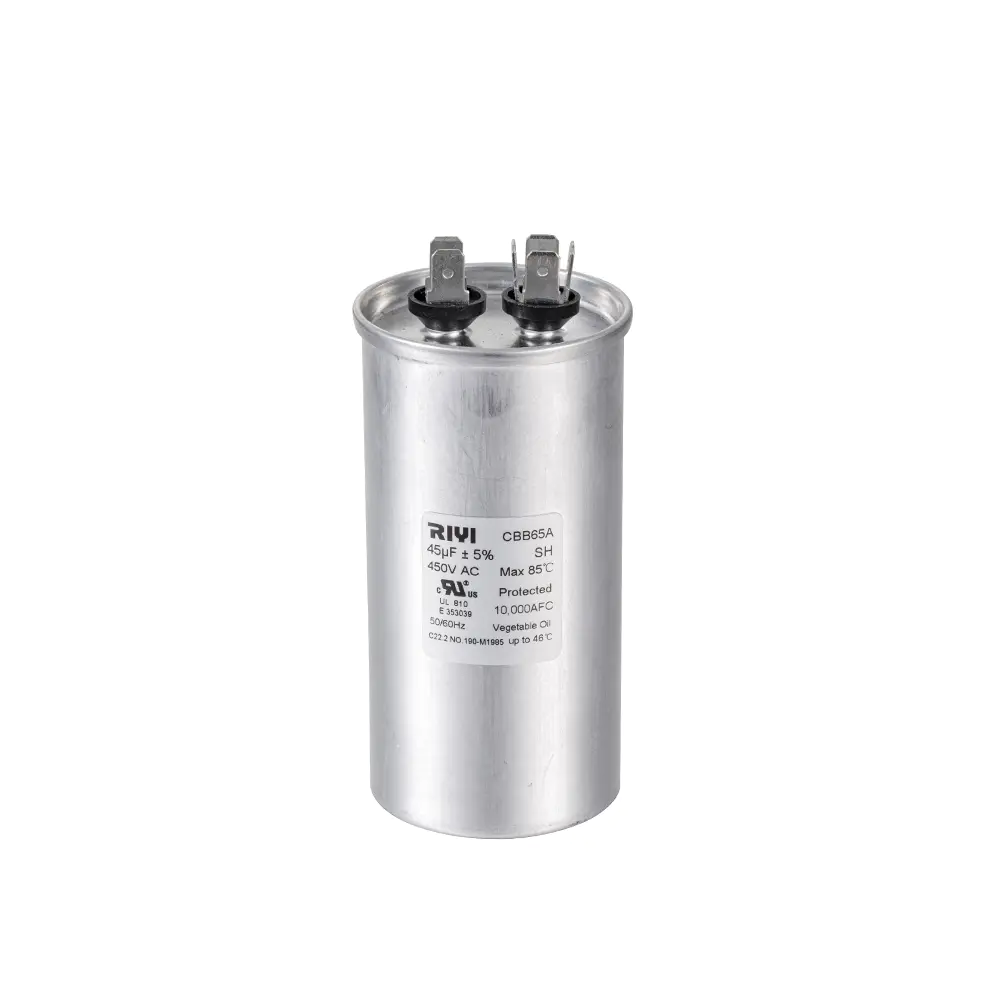
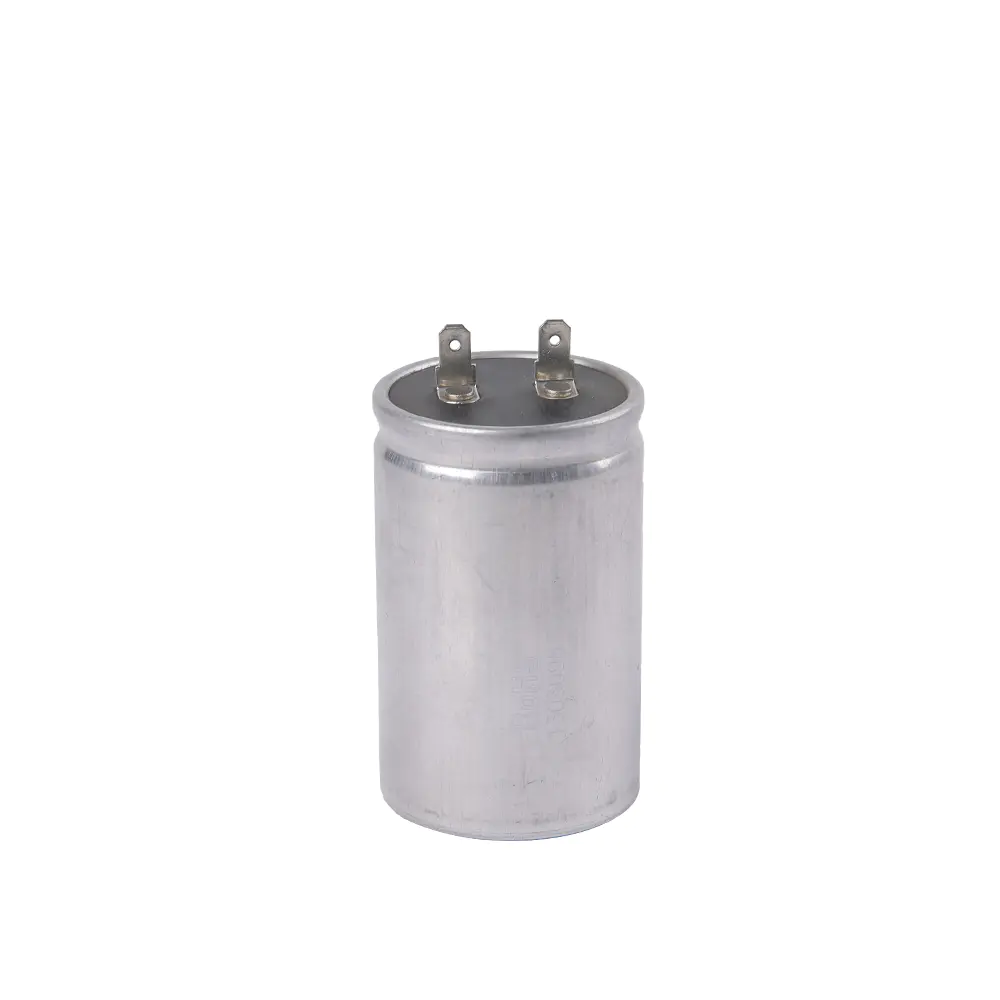
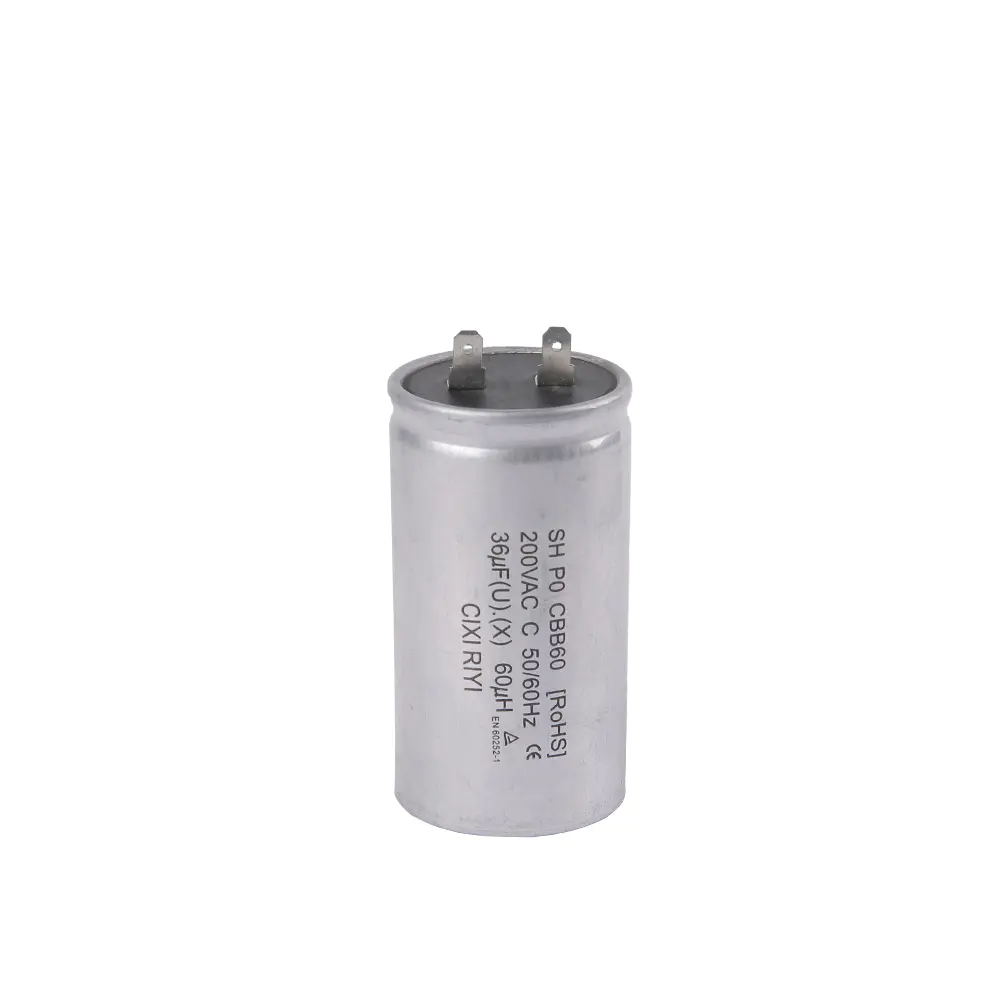
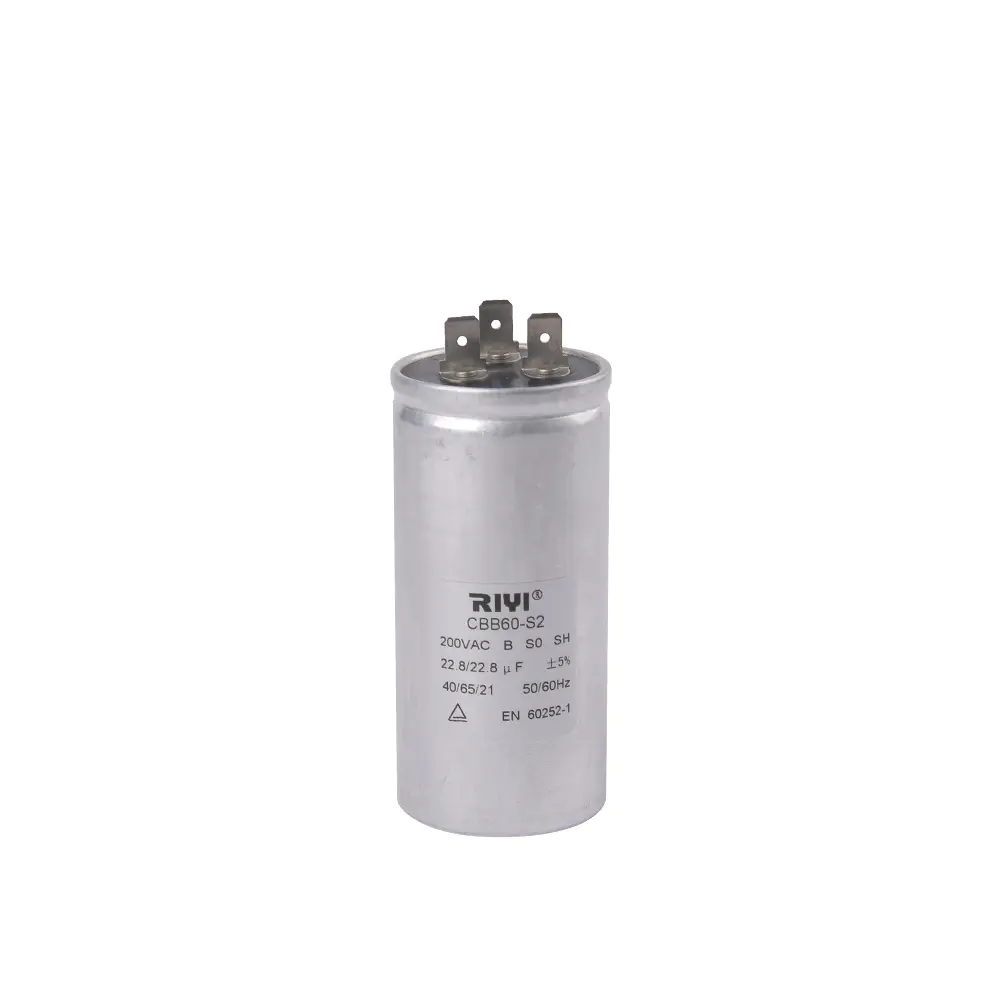
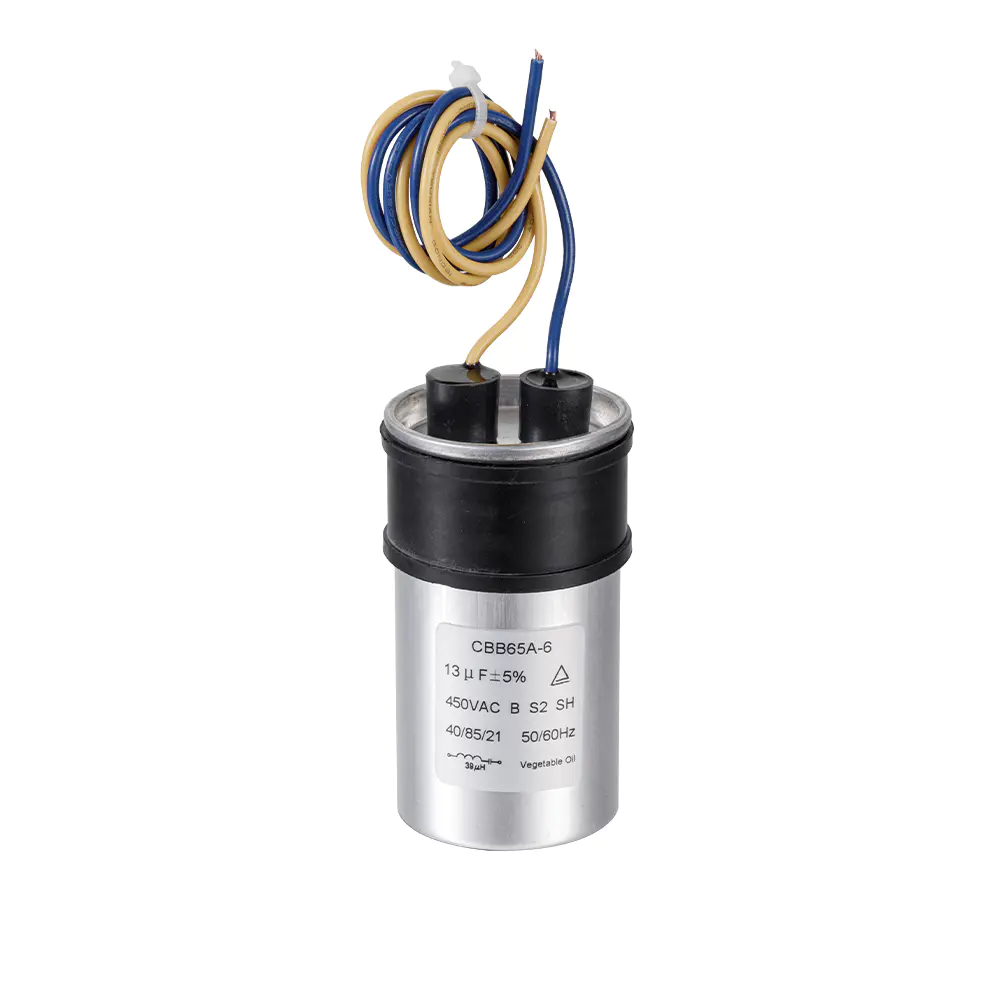
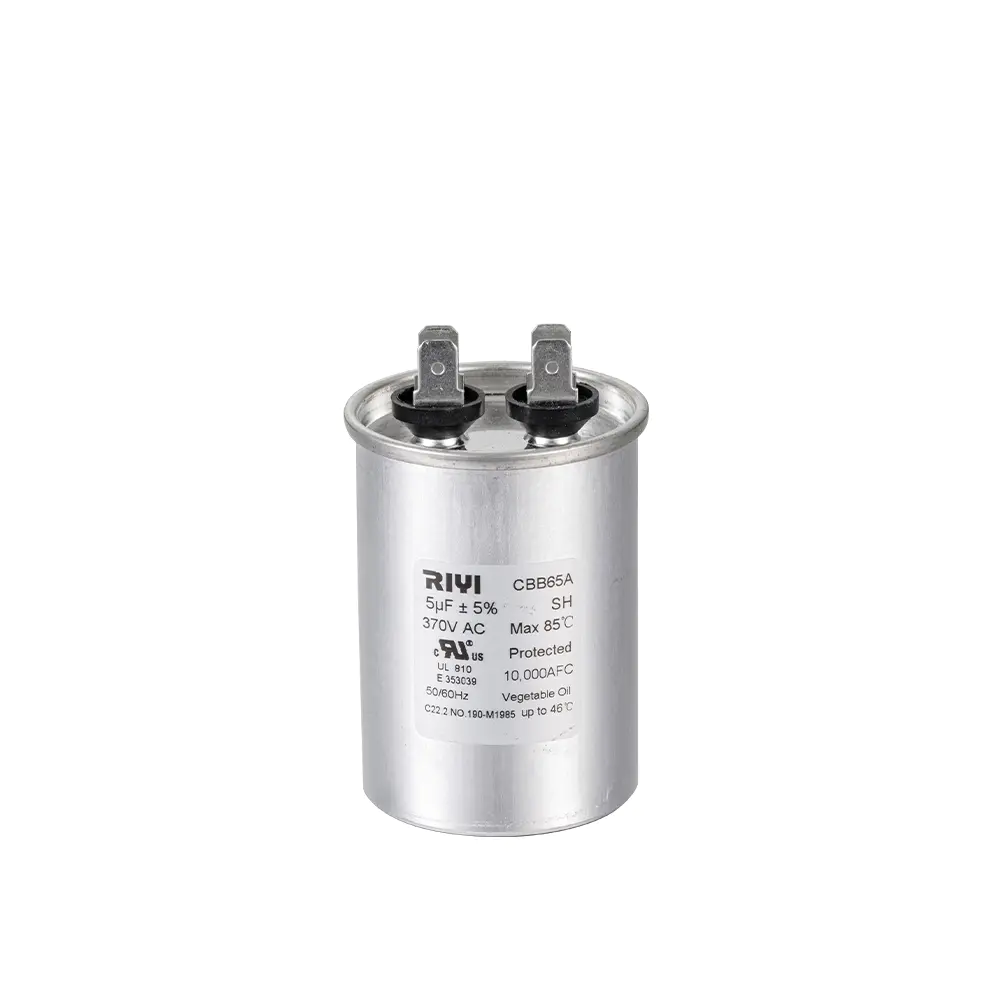
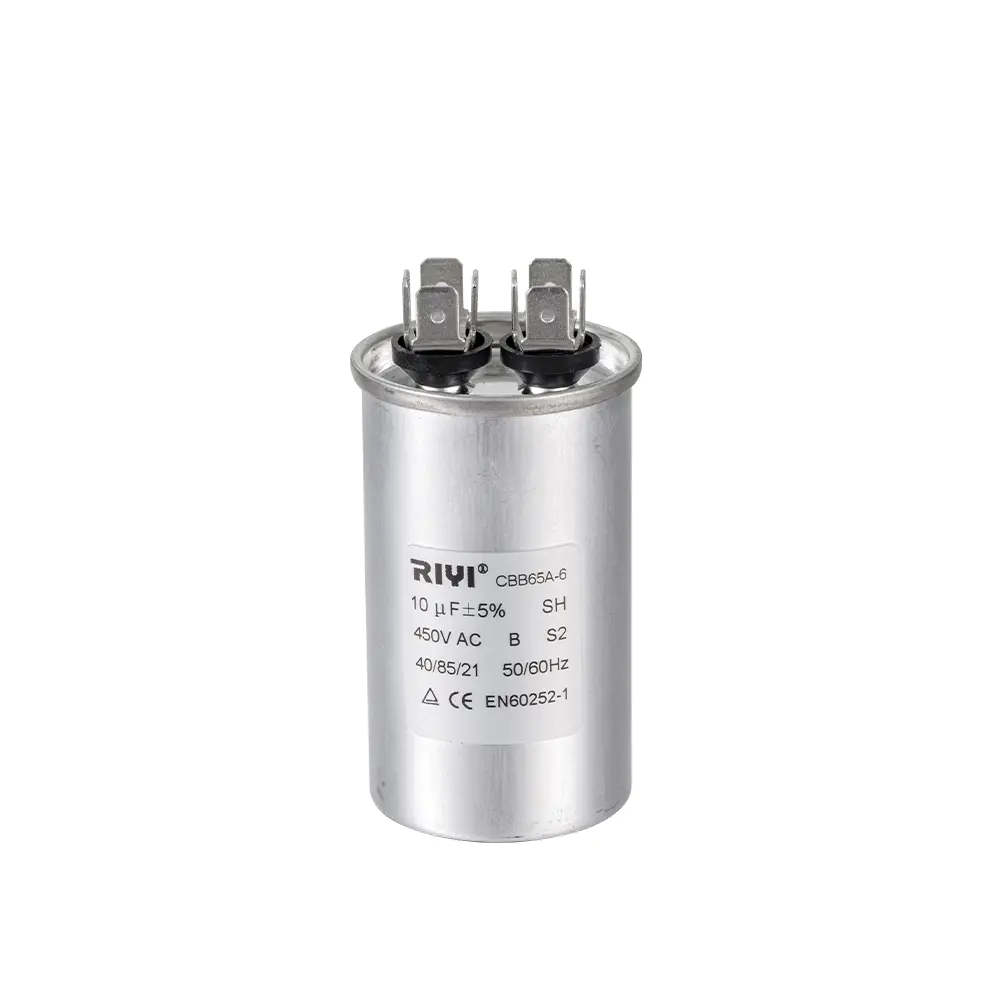
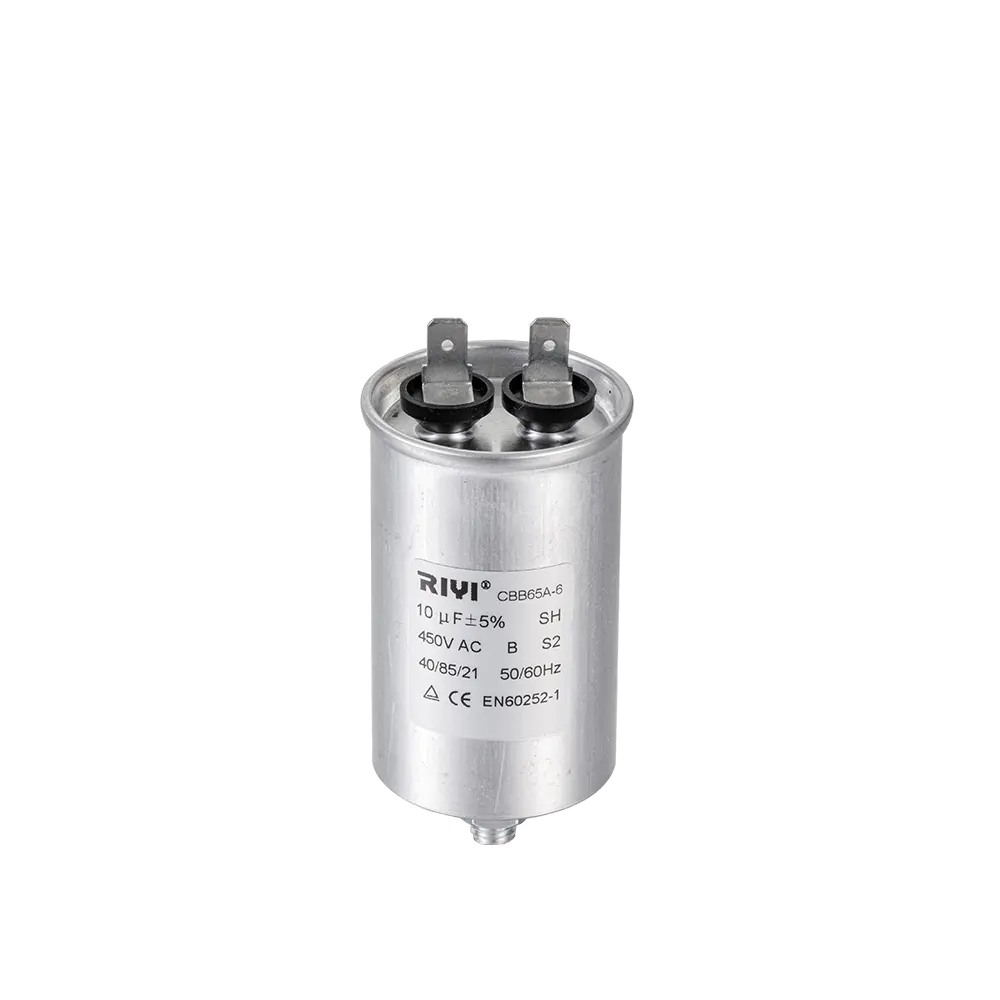
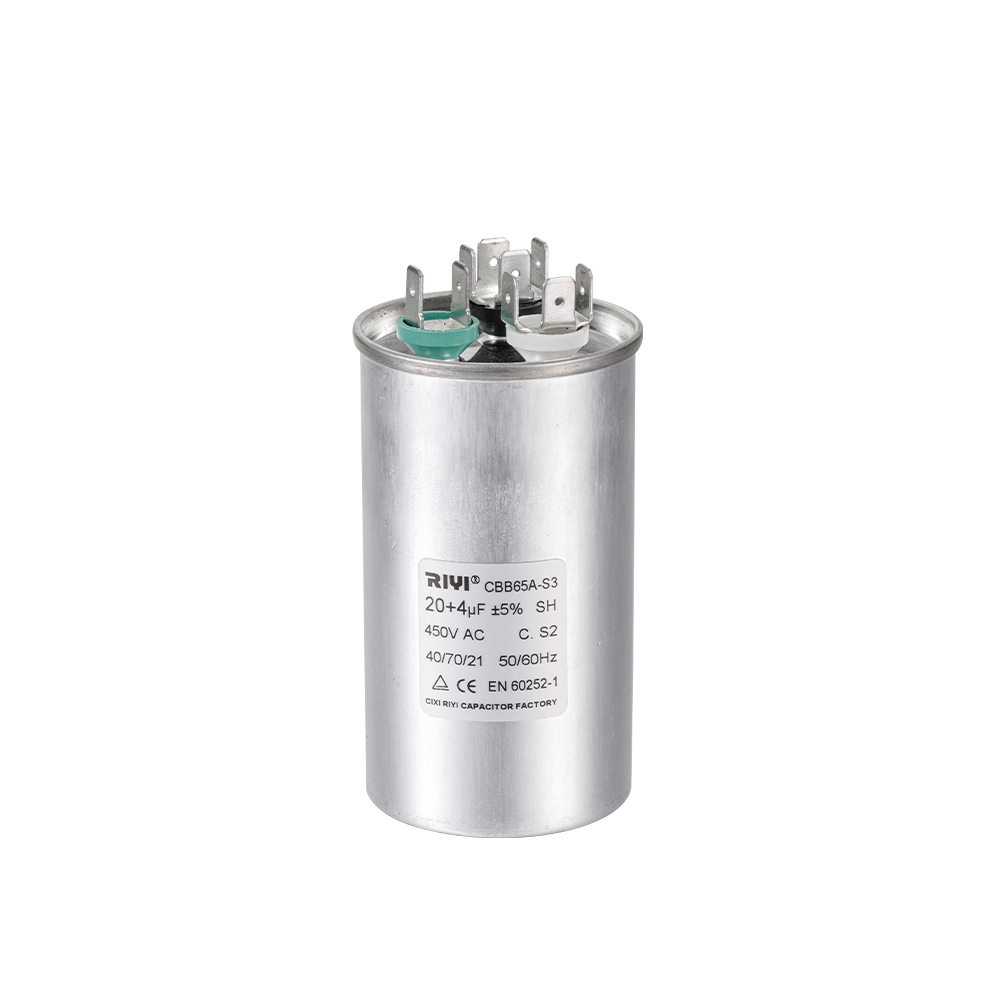
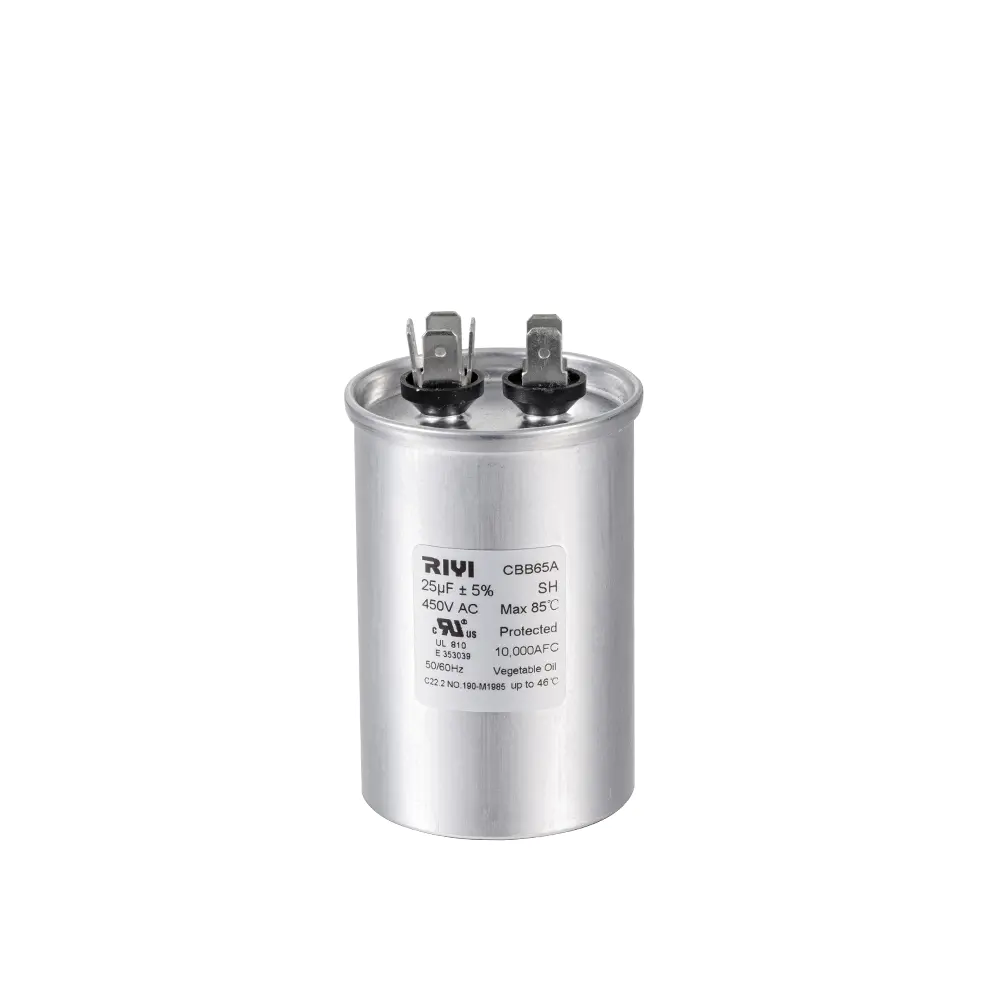
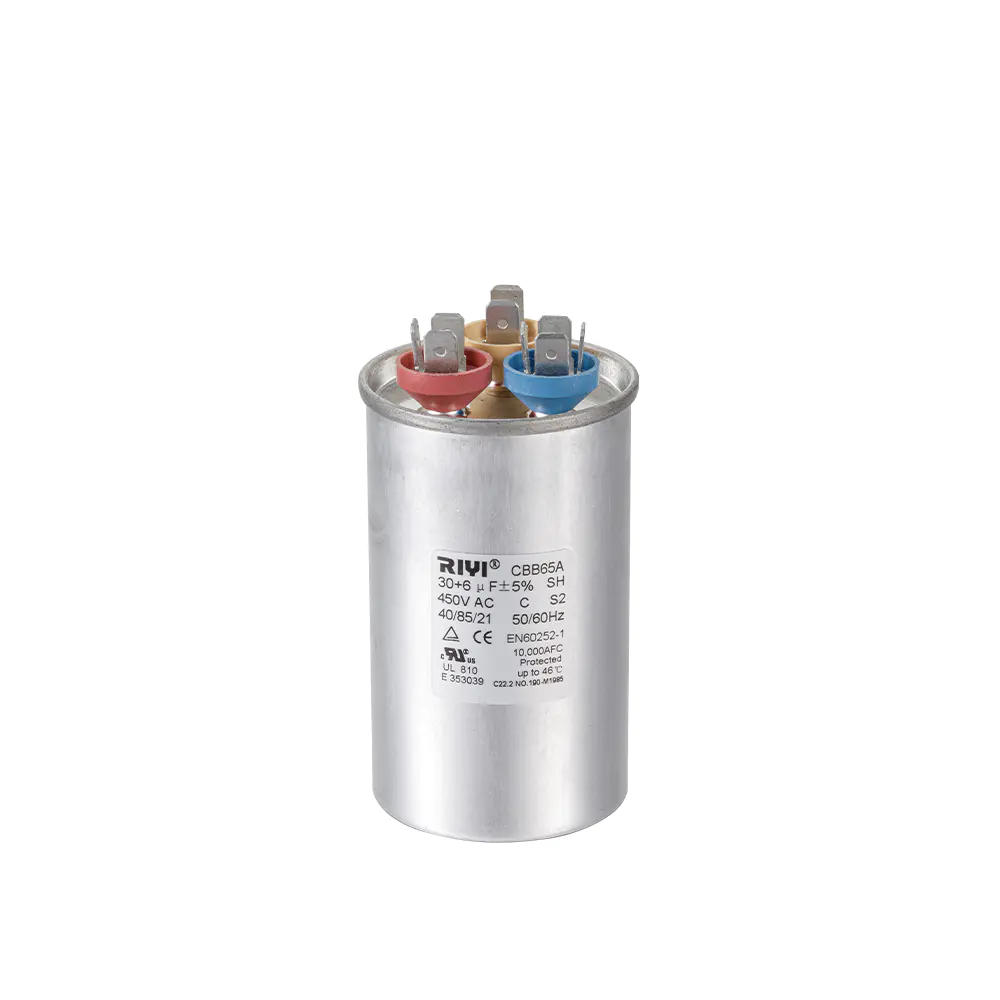
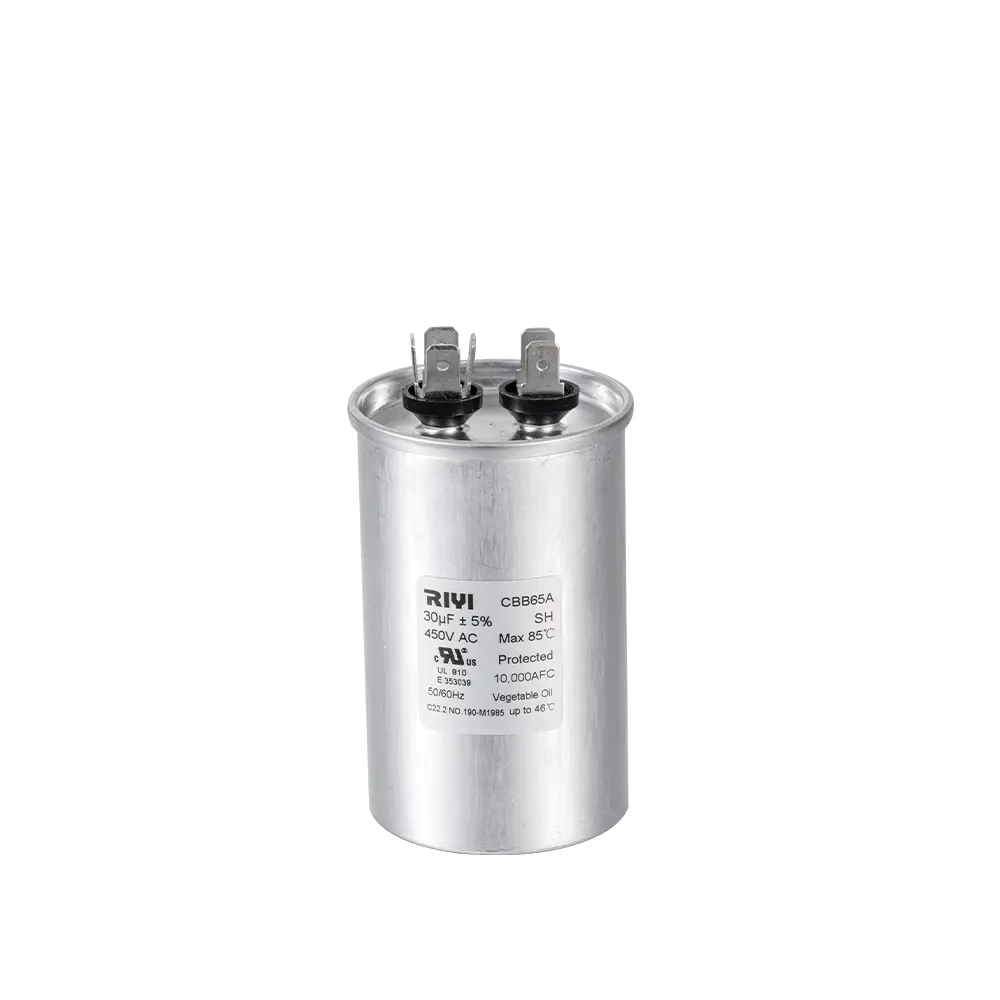

 +86-13600614158
+86-13600614158
 +86-0574-63223385
+86-0574-63223385 Zonghan Street,Cixi City,Zhejiang Province,China.
Zonghan Street,Cixi City,Zhejiang Province,China.